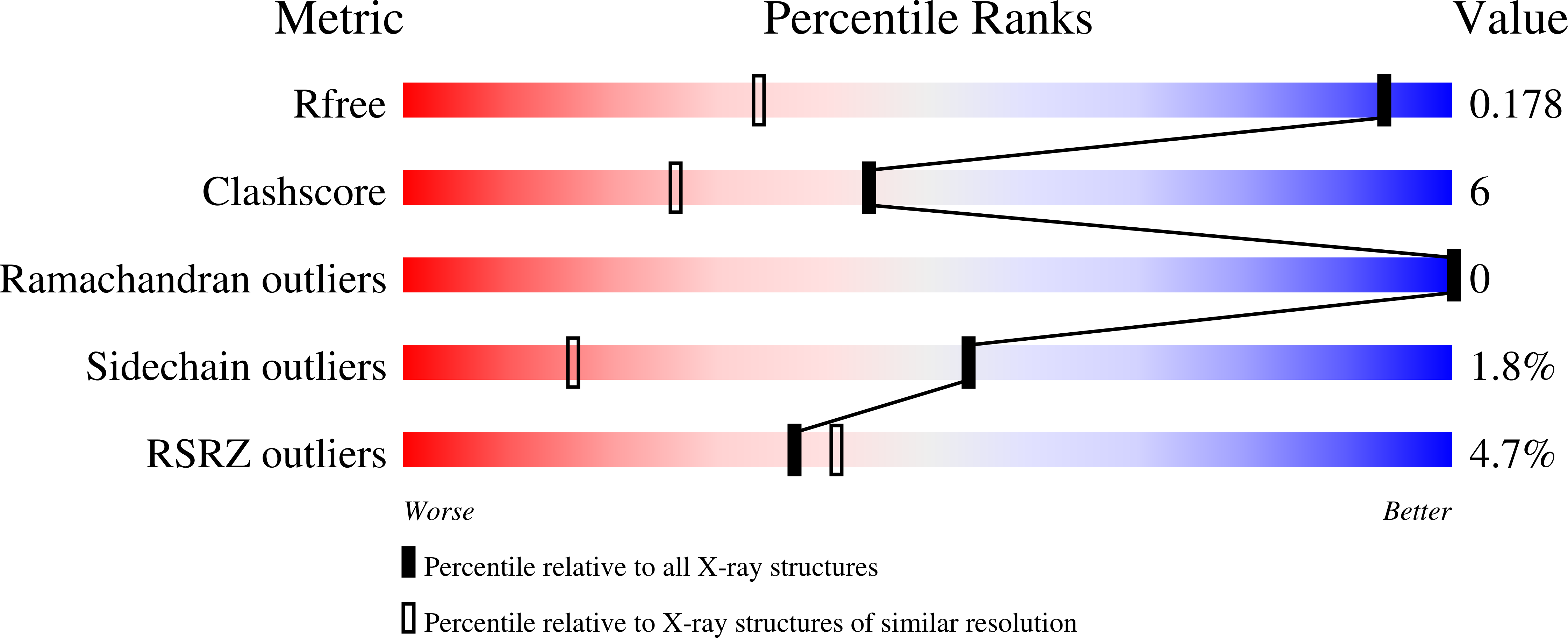
Deposition Date
2024-06-13
Release Date
2025-06-25
Last Version Date
2025-10-08
Entry Detail
PDB ID:
9FPU
Keywords:
Title:
Crystal structure of carbonic anhydrase II with N-butyl-4-chloro-3-sulfamoyl-benzamide
Biological Source:
Source Organism:
Homo sapiens (Taxon ID: 9606)
Host Organism:
Method Details:
Experimental Method:
Resolution:
1.12 Å
R-Value Free:
0.17
R-Value Work:
0.14
R-Value Observed:
0.14
Space Group:
P 1 21 1


